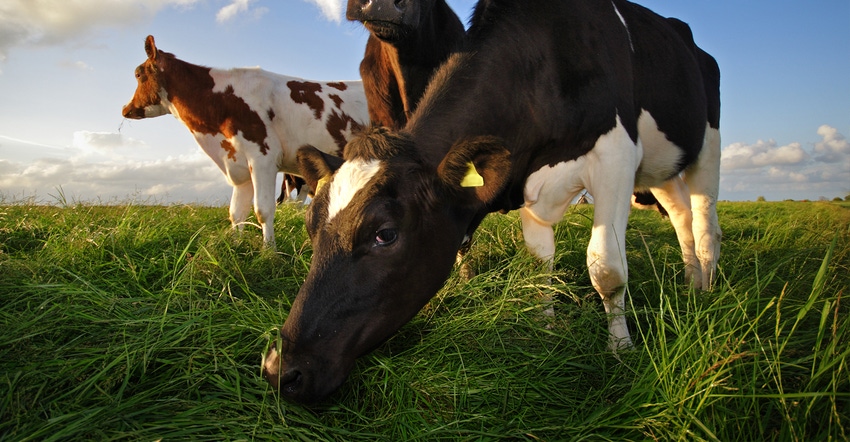
Dairy markets appear to be reacting negatively to President Donald Trump’s decision to place tariffs on Mexican steel and aluminum, and on a number of Chinese products.
“In retaliation, Mexico announced that they will place a tariff on U.S. cheese, and China announced tariffs on some dairy products, corn, soybeans and other products. Mexico is the largest export market for U.S. cheese,” says Bob Cropp, University of Wisconsin Extension dairy economist.
“In 2017, Mexico accounted for 28.3% of U.S. cheese exports. While these tariffs didn’t take effect until July, and the degree of impact on U.S. dairy exports is unknown at this time, dairy product prices have already fallen.”
At the Chicago Mercantile Exchange, butter averaged $2.38 per pound in May and was $2.37 in early June. But by the end of June, it fell to $2.31. Cheddar cheese barrels averaged $1.58 per pound in May, were $1.59 in early June and fell to $1.32 by the end of June. The 40-pound cheddar blocks averaged $1.63 per pound in May, were $1.65 in early June and dropped to $1.56 by June’s end. Nonfat dry milk averaged 84 cents per pound in May, 82 cents in early June and 75 cents in late June. Dry whey averaged 29 cents per pound in May, above 40 cents in early June and slipped a penny to 39 cents by the end of June.
“Hopefully, these declines in dairy product prices are an overreaction to the imposed tariffs and retaliation,” Cropp says. “Prior to this, it looked like the Class III price would be near $16 by June and move to the high $16s by October, with $17 as a possibility. But in recent trades, dairy futures have tumbled. Class III futures are now in the $15s for July and August, the low $16s from September to November, and back to the high $15s in December.”
Good news
On a bright note, Cropp says domestic sales are anticipated to stay relatively strong for the remainder of the year.
“A smaller than earlier forecasted growth in milk production is positive for milk prices,” he says. “USDA is now forecasting milk production for the year to be up just 1.2%. The unknown is how dairy exports will fair for the remainder of the year. Despite the retaliations by Mexico and China, USDA still forecasts dairy exports above year-ago levels. From here out, prices are uncertain. The price outlook is not as optimistic as a month ago. But the markets could very well have overreacted, and we could see a good correction. And if the growth in milk production can remain no higher than about 1%, Class III during the second half of the year could still reach the mid- to high $16s this summer, fall and into winter.”
USDA estimates May milk production 0.9% higher than a year ago. This is a little stronger growth than in April, which was up just 0.5%. Milk cow numbers were 2,000 head higher than in April, but just 3,000 head higher than a year ago. The increase in milk per cow remains well below trend at just 0.7%.
About the Author(s)
You May Also Like






